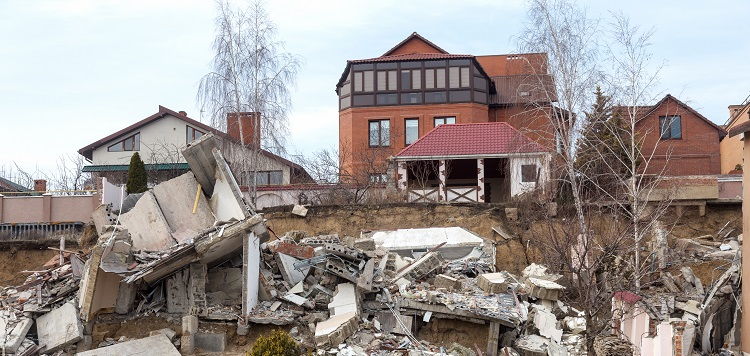Natural disasters have been wreaking havoc worldwide, causing billions of dollars in property damage. The insurance industry, meanwhile, has been feeling the strain of increased claims due to the rising frequency and severity of natural disasters. Swiss Re, a leading reinsurer, has released a report detailing the impact of natural disasters on the global economy and insurance industry in 2021.
The report stated that natural disasters caused global economic losses of $275 billion in 2021, of which $125 billion were covered by insurance. These figures reaffirm a trend of 5-7% annual increases in losses and claims over the past three decades, highlighting the need for increased attention and action from governments, insurers, and individuals.
The Impact of Natural Disasters on the Insurance Industry
The demand for insurance coverage has grown with the rise of natural disasters. According to Swiss Re, high prices result in an increase in the nominal value of buildings, vehicles, and other insurable assets, leading to higher claims for damages caused by natural disasters. As a result, insurers have been struggling to keep up with the surge in claims from policyholders.
Costliest natural catastrophes in 2022
Insured losses were largely driven by Hurricane Ian, which was by far the year’s costliest event. The storm made landfall in Florida in September as a Category 4 hurricane and resulted in estimated insured losses of USD 50-65 billion. Swiss Re notes that Ian now ranks as the second-costliest natural catastrophe insured loss event on its record after Hurricane Katrina in 2005.
Expert opinion on the effects of natural disasters on the economy and insurance industry
Jérôme Jean Haegeli, Swiss Re’s Group Chief Economist, commented, “The economic storm is not over, and interest rates will likely have to increase further given existing inflation pressure.” Haegeli’s remarks highlight the broader economic implications of natural disasters and the need for insurers and governments to work together to minimize their impact.
Reaffirmation of Increasing Trend in Insured Losses
The trend of a 5-7% average annual increase in insured losses over three decades has been reaffirmed, according to Swiss Re. The demand for insurance coverage has increased while inflation has surged over the last two years, averaging 7% in advanced economies and 9% in emerging economies in 2022. As higher exposures encounter shrinking risk appetite, the momentum for rising prices, higher retentions, and tighter terms and conditions is likely to continue.
Implications for the insurance industry and the economy
The impact of natural disasters on the global economy and the insurance industry is clear – losses and claims are increasing, while the cost of coverage is rising. Insurers must find ways to manage the risks associated with natural disasters, such as investing in more robust disaster modeling and risk assessment tools. Governments also play an important role in providing support for disaster relief and mitigation efforts. As the world continues to grapple with the climate crisis, insurers and governments must work together to minimize the impact of natural disasters on the economy and society as a whole.
In conclusion, the impact of natural disasters on the global economy and insurance industry is significant, resulting in billions of dollars in losses and claims each year. The trend of increasing losses and claims is expected to continue, as is the demand for insurance coverage. Insurers and governments must work together to manage the risks associated with natural disasters and minimize their impact on society. The challenges ahead are significant, but by investing in better risk management strategies, disaster relief measures, and sustainable infrastructure, we can mitigate the negative impact of natural disasters and move forward to build a safer and more resilient world.

